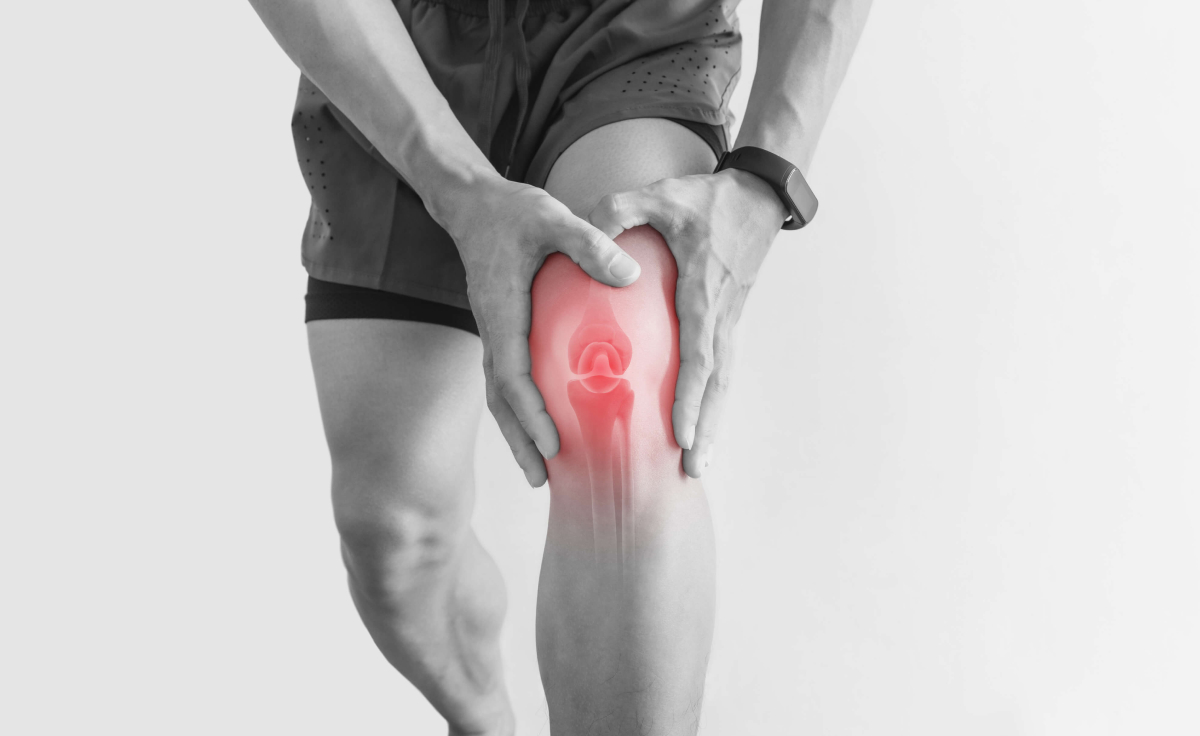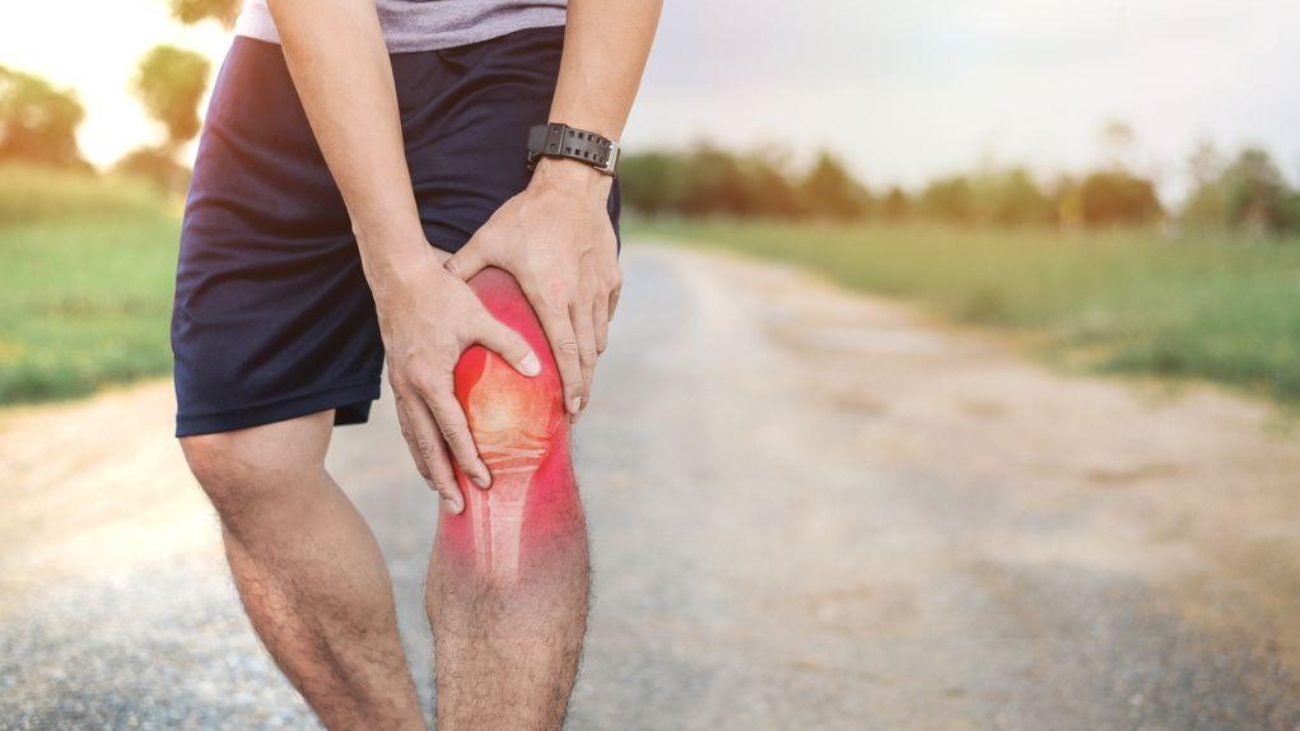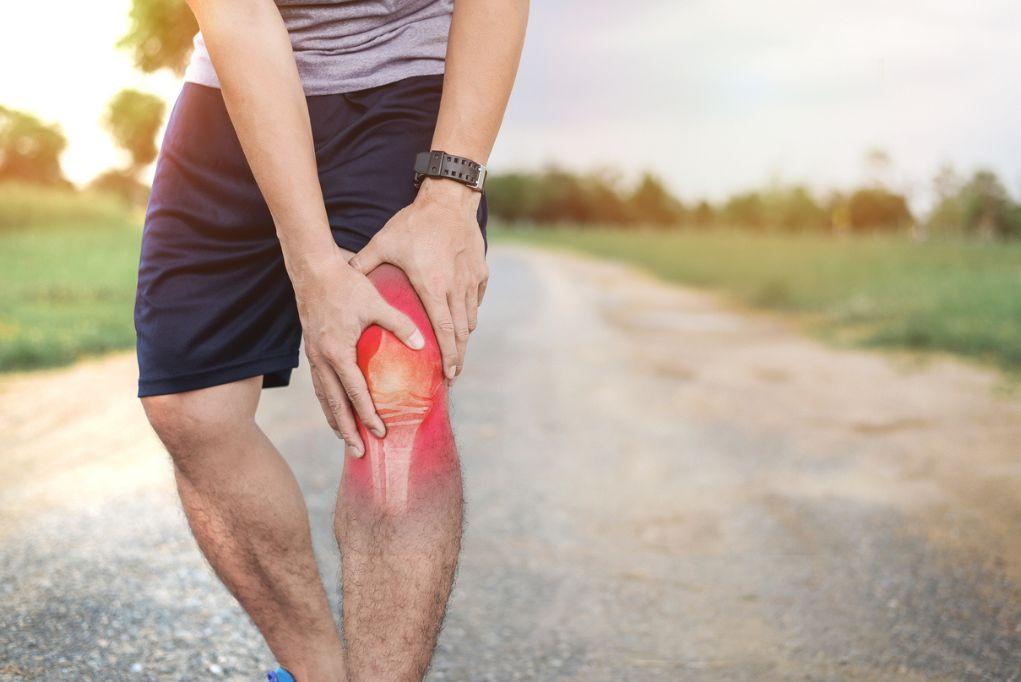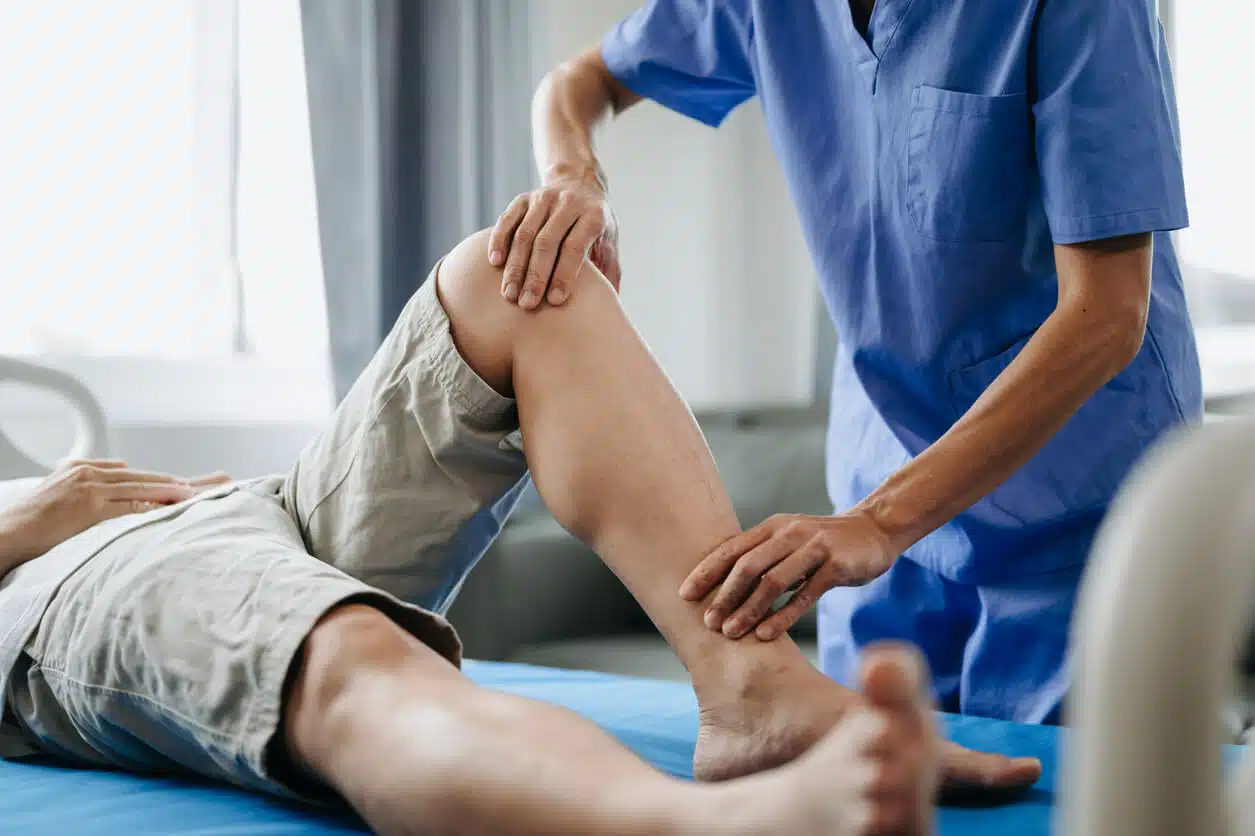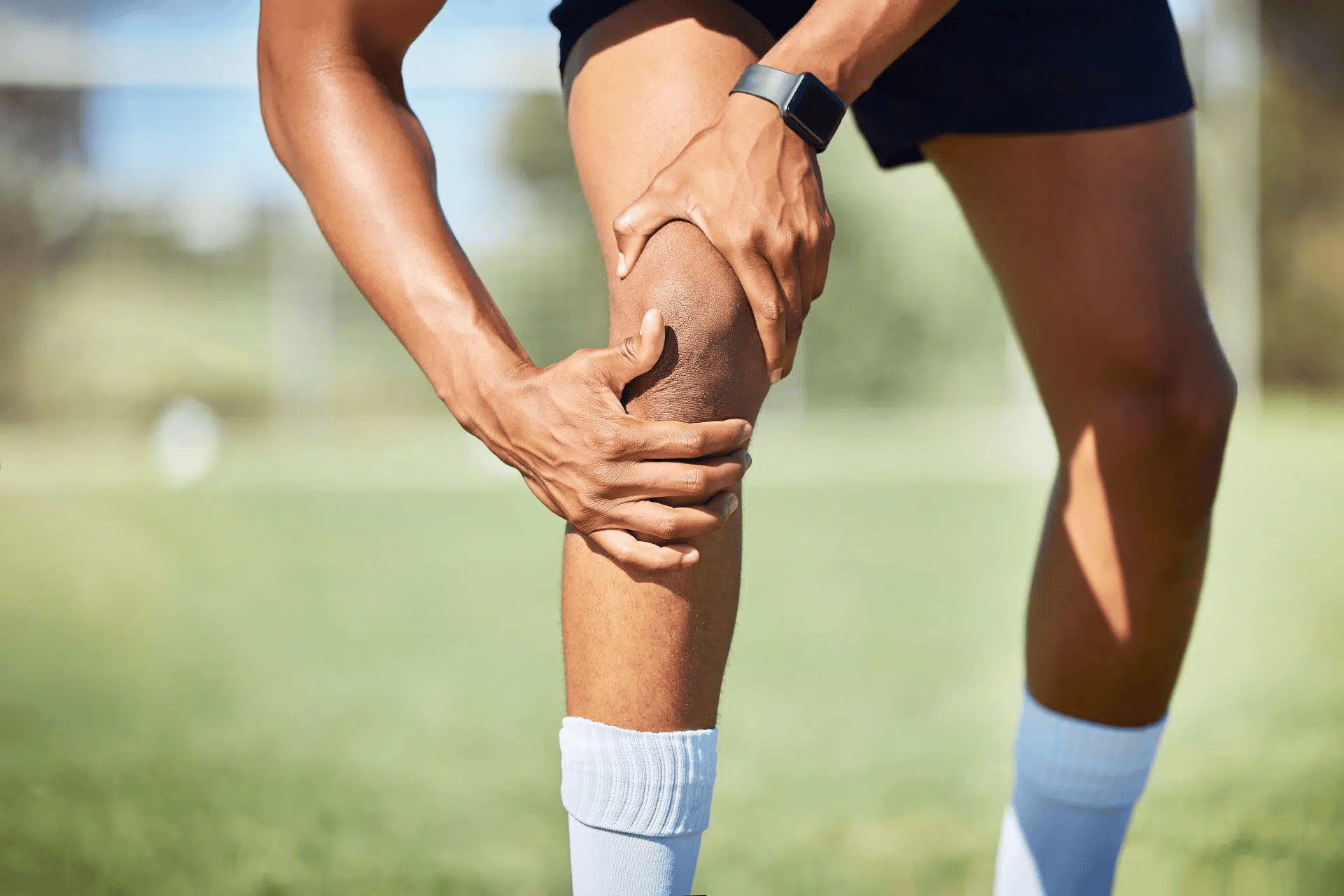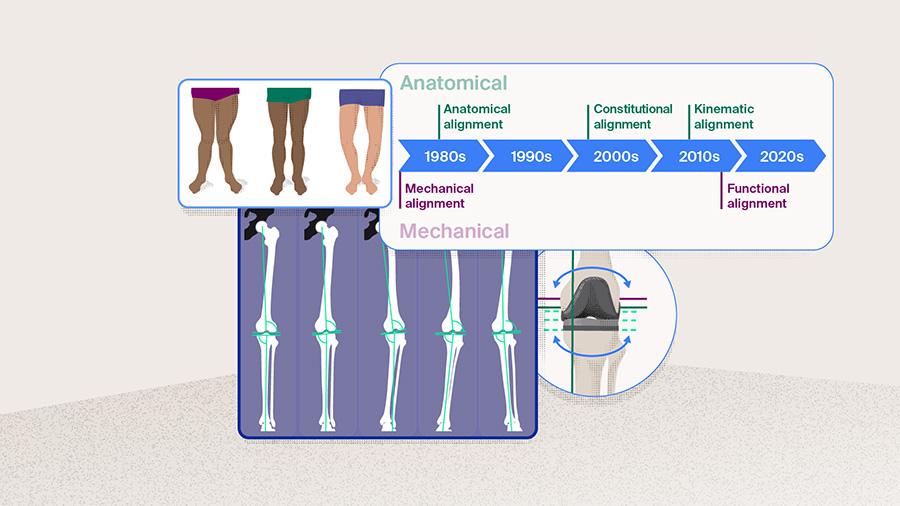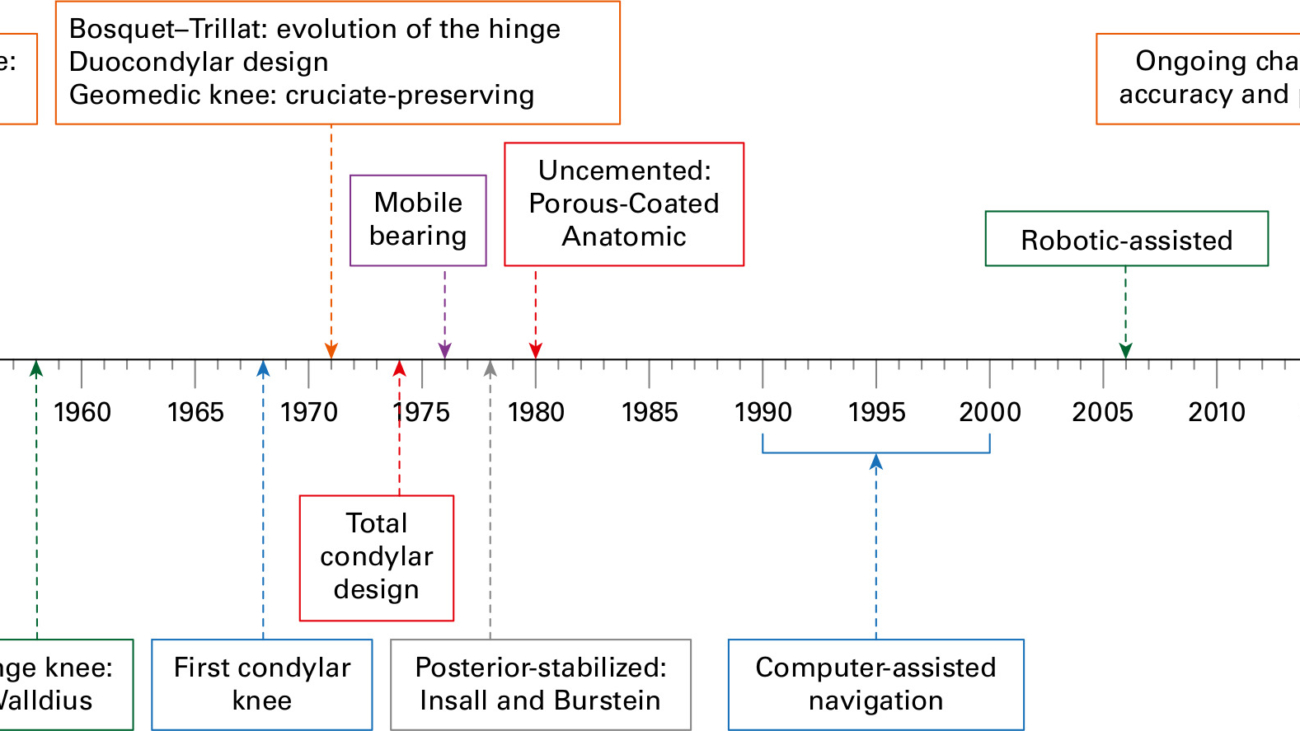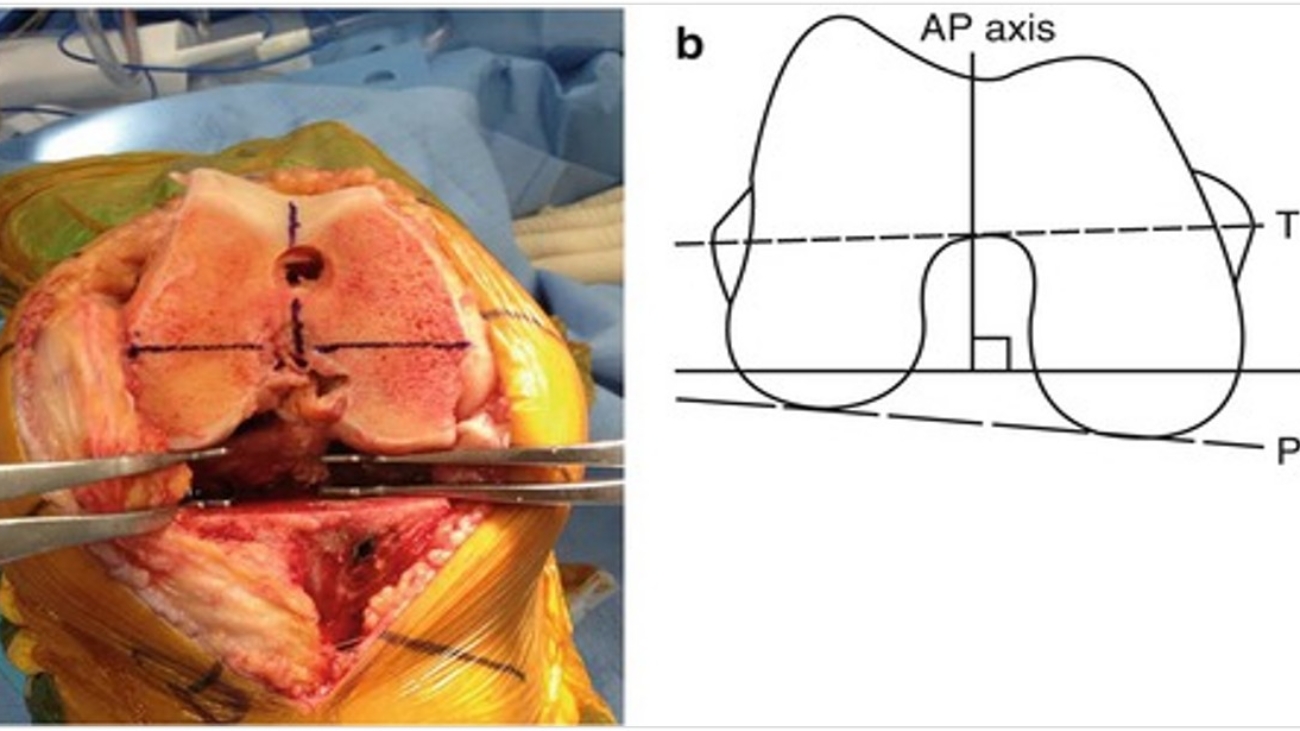Steroid Injection for Shoulder Pain
What You Should Know

Shoulder pain — especially from conditions like rotator cuff inflammation or bursitis — can limit your daily life. One effective treatment used by orthopedic specialists is a steroid injection into the subacromial space of the shoulder. This can help reduce pain and inflammation and may also assist in diagnosing the root cause of your discomfort.
Why Is It Done?
Steroid injections serve two main purposes:
- Diagnosis - The amount and duration of pain relief after the injection help your doctor confirm whether the shoulder pain is coming from inflammation in the subacromial space.
- Pain Relief - Many patients experience significant relief, sometimes lasting for several months. However, responses can vary — some may notice only mild improvement, while others may not benefit at all.
What Happens During the Procedure?
- The injection is done in a clinical setting with full sterile precautions.
- A mixture of steroid and local anesthetic is injected into the subacromial space (just above the rotator cuff).
- A small dressing is applied; no cuts or stitches are needed.
- You can remove the dressing after 48 hours.
Are There Any Risks?
Like any procedure, steroid injections carry a few risks:
- Temporary pain or swelling (steroid flare)
- Bleeding or bruising
- No relief from pain
- Allergic reactions or anaphylaxis
- Skin changes (e.g., lightening of skin, fat loss at the site)
- Tendon weakening (if used repeatedly)
- Rare but serious risk of infection
What to Do After the Injection
- Rest your shoulder and avoid heavy lifting for a few days
- Apply ice packs to reduce swelling
- Keep the shoulder moving gently — do not stop all motion
- Monitor for signs of infection: redness, severe pain, fever, or reduced movement
If any concerning symptoms appear, contact your doctor immediately. Early infections respond well to antibiotics, but delayed treatment may require surgery.
Final Thoughts
Steroid injections can be an effective way to manage shoulder pain and inflammation — especially when part of a broader treatment plan. While not a cure, they offer many patients the chance for meaningful relief and improved quality of life.

Click here to download the article:
Read more stories
Steroid Injection for Shoulder Pain: What You Should Know
Steroid Injection for Shoulder Pain What You Should Know Shoulder pain — especially from conditions like rotator cuff inflammation or...
Steroid Injections for Knee Pain: What You Need to Know
Steroid Injections for Knee Pain What You Need to Know Chronic knee pain caused by arthritis or inflammation can significantly...
Understanding Meniscus Tears: Symptoms, Treatments & Recovery Options
Understanding Meniscus Tears Symptoms, Treatments & Recovery Options The meniscus is a C-shaped cartilage in your knee that acts as...






